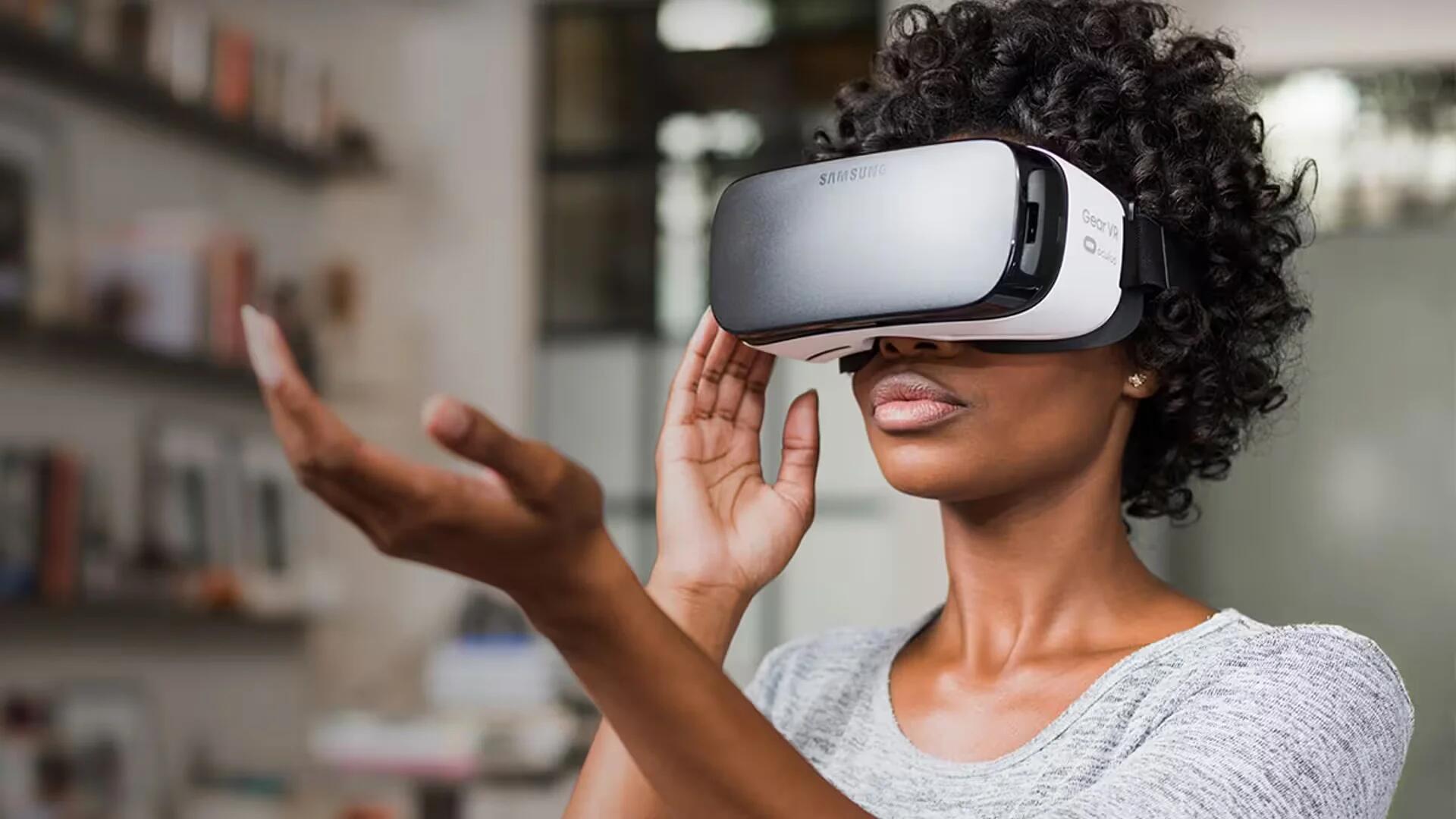As it is evident by now, a number of virtual reality (VR) Head mounted displays are already available in the hand of users. In addition, there are more companies planning to launch their VR in the coming months. With so many options and more yet to come, what should you really look for in a VR HMD? Which VR headset should you buy? Will you go for Samsung Gear VR or Oculus Rift? Do not worry. We have got you covered with this list of features that a typically good VR headset has:
1. Field of View
A greater field of view offers a great sense of immersion. Although human field of view is 180 degrees, most headsets do not offer that much.
2. Resolution
VR headsets can list their resolution in two ways, either the full resolution of the screen or as the pixel density, expressed in pixels per degree or arcminutes per pixel. 60 pixels per degree or 1 arcminute/pixel is considered eye limiting resolution.
3. Binocular Overlap
This is the basis for stereoscopic vision, and it allows sensing the difference between near and far. Humans have an overlap of about 100 degrees, half on each side of the nose.
The larger the overlap, the greater the sense of depth. The overlap on VR headsets is mentioned in degrees or in percentage.
4. On Board Processing
VR headsets that provide on-board processing or allow a device to be used locally within the setup allow more freedom of movement during their usage. Similarly, an VR headset that needs an external device limit your movement as you have to be always within the range of the device.
5. Dealing with VR sickness
Although VR sickness is something that everyone goes through, having a bad VR headset could make things worse and bring down all the fun in using the technology. A lot of specific techniques have been implemented by specific manufacturers to reduce VR sickness and it is certainly worth it to have a look at which one feels the best.
6. Latency
Latency refers to the delay between your actual movement and its effect being visible on the head mounted display. Shorter the delay, less sickening the experience is. A high latency often leads to nausea and disorientation.
7. Comfort
Some VR headsets come with additional casing and eye panels so that people with glasses or even kids can use them without solely having to rely on the head-strap of the device. Lends adjustment is also becoming popular to accommodate different vision corrections.
Pros and Cons of Popular VR headsets
Here are some of the pros and cons of popular VR headsets to help you decide which one you want.
| VR Headsets | Pros |
Cons |
| Gear VR | Easy to use with glasses
Easy navigation Very Sensitive Head tracking Not too expensive Growing VR app store |
Limited Phone support
No Positional Tracking Visible Screen-door Effect |
| Oculus Rift | 1080p Display
Positional tracking Less motion blur |
Some visuals are still low quality
The demos are limited in area Narrow field of vision |
| HTC Vive | Larger work area
Lighted and fits best Partnered with Valve |
Noticeable screen door effect |
| Google Cardboard | Very inexpensive
Can be built literally by anyone Designs are open source |
Motion detection is not always accurate.
Heavily depends on phone Not really a VR headset |
| Project Morpheus / PlayStation VR | Intensive Motion Tracking
Sony’s Platform backing |
Exclusivity to Sony PlayStation |
Virtual Reality headsets are still a niche products. Although companies are rushing them to mainstream, it will be some time before they are common and useful. However, initiatives like Google Cardboard are helping the VR ecosystem to look much richer. With the rate at which this technology is being developed and progressed, it would not be a surprise if pretty soon VR headsets become the new televisions.
